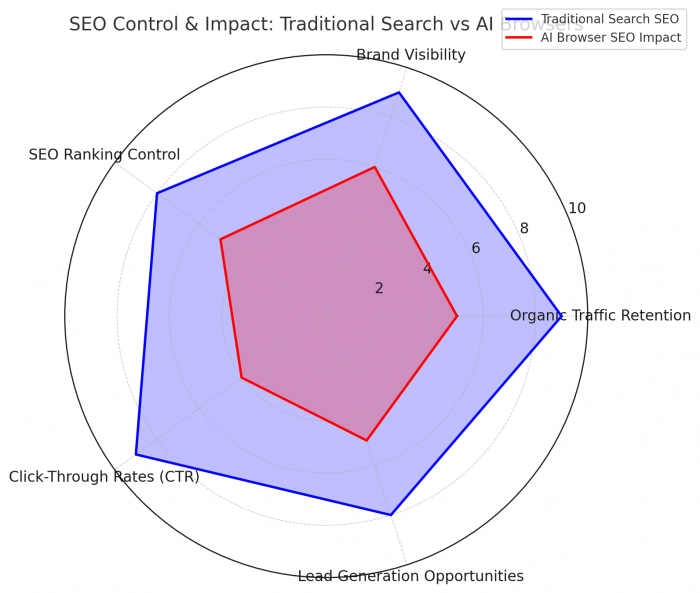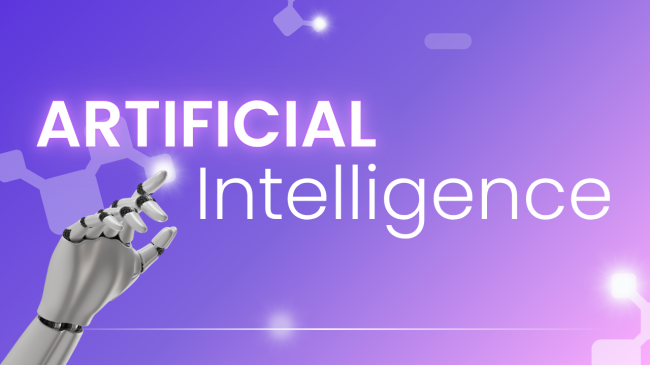On This Page
- What Are AI Browser Skill Galleries?
- Inside the Dia Browser’s New Skill Gallery (v0.1)
- Notable features:
- Comet Browser by Perplexity to Launch Automation Shortcuts Next
- What’s coming in Comet:
- AI Task Automation Becomes a Browser Standard
- Key Differences: Dia vs. Comet Browsers in Mid-2025
- The SEO and Business Impact of AI Browsing Tools
- Use Cases Driving Skill Gallery Growth
- Final Word: Skill Galleries Are the New App Stores
The way we interact with browsers is shifting—fast. With the launch of AI browser skill galleries in 2025, platforms like Dia and Perplexity’s Comet are introducing a new interface layer: one where users don’t just search or click—but assign tasks.
These AI-powered skill directories mark the beginning of a browser experience built around task automation, contextual AI actions, and natural language input. In short, the browser is becoming your personal assistant.
What Are AI Browser Skill Galleries?
An AI skill gallery is a modular library of small, pre-built AI tasks (or "skills") that users can add to their browser environment. These skills typically operate like intelligent macros—short instructions that trigger multi-step actions using a browser’s AI agent.
Examples include:
- “Summarize this page and save to Notion”
- “Find next weekend’s best events in my city”
- “Compare this product with top-rated alternatives”
Instead of typing full prompts each time, users can click to run these skills with one tap—integrating AI seamlessly into their web tasks.
Inside the Dia Browser’s New Skill Gallery (v0.1)
Dia, developed by The Browser Company, has released its first-generation AI skill gallery (v0.1) for testers using macOS.
Notable features:
- Click-to-add skills directly from a categorized gallery (Events, Email Drafting, Code Utilities, etc.).
- Skills run atop Dia’s model-router backend, which dynamically selects the most efficient AI model (e.g., GPT-4, Claude, etc.).
- Skills are editable in plain language, enabling user-level customization without code.
The v0.1 release is intentionally limited in scope, but the intent is clear: Dia wants to make browser tasks fully modular—and eventually developer-extendable.
Comet Browser by Perplexity to Launch Automation Shortcuts Next
Comet, the AI browser from Perplexity AI, is reportedly preparing a broader rollout of its own skill gallery with more advanced features than Dia’s.
What’s coming in Comet:
- Built-in AI shortcuts for tab organization, meeting prep, and product research.
- A natural language scripting engine, similar to Tampermonkey, allowing users to write mini-automations in English.
- More advanced data privacy protocols, including on-device task processing.
Comet’s AI browsing strategy is built on contextual interaction, where users can execute tasks like “summarize all open tabs” or “write LinkedIn reply to this comment” without switching apps or copying data.
AI Task Automation Becomes a Browser Standard
The introduction of AI skill galleries signals a new baseline expectation for browser software:
- Search bars are becoming command centers.
- Navigation is now task-driven, not link-driven.
- AI assistants inside browsers are replacing dozens of extensions, plugins, and tab clutter.
This change isn’t aesthetic—it’s architectural. These AI-first browsers treat the web as a programmable environment, where any action (reading, organizing, comparing) can be abstracted into a user-friendly skill.
Key Differences: Dia vs. Comet Browsers in Mid-2025
| Feature | Dia Browser | Comet Browser (Perplexity) |
| Skill Gallery Status | v0.1 launched | Launching Q3 2025 |
| OS Support | macOS only | Cross-platform (Web, Chrome) |
| AI Model Backend | Model router (GPT-4, Claude) | Custom AI + external model APIs |
| Skill Customization | Manual prompt edit | Full scripting via NL commands |
| Target Audience | Creators, developers | Professionals, researchers |
| Data Privacy Mode | Limited to Dia infrastructure | Optional local computation |
The SEO and Business Impact of AI Browsing Tools
For marketers, developers, and content publishers, these AI browser features present a strategic challenge:

SEO Optimization Needs to Evolve
Content must now be discoverable by AI assistants inside browsers, not just by search engine crawlers.
AI-Specific Content Structuring
Pages with concise summaries, clean metadata, and FAQ-style formatting are more likely to be used in AI-generated responses.
Traffic Leakage Through Automation
If a browser skill summarizes your blog or extracts product data without visiting your site, you lose potential user engagement.
Use Cases Driving Skill Gallery Growth
These five use cases are already driving high adoption in closed betas:
- AI Research Assistants – Collect info from multiple tabs and create editable briefs.
- Meeting Prep Tools – Fetch and summarize calendar items, recent chats, and company pages.
- Social Engagement – Auto-reply generators for LinkedIn, Reddit, and X (Twitter).
- E-commerce Optimization – Compare specs, reviews, and shipping options on the fly.
- Code & DevOps Support – Inline code suggestions, commit message writing, or Jira ticket automation.
Final Word: Skill Galleries Are the New App Stores
Just as mobile apps turned smartphones into productivity hubs, AI browser skill galleries are turning browsers into digital workspaces.
As Dia, Comet, and others push forward:
- Expect creator marketplaces for AI tasks.
- Expect competition between AI UX models (omnibox vs sidebar vs agent).
- Expect browsers to become AI-first operating systems, with skills at their core.
Post Comment
Be the first to post comment!





